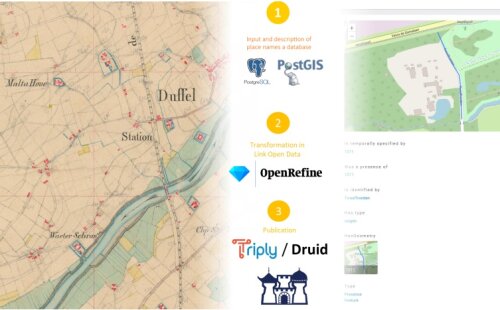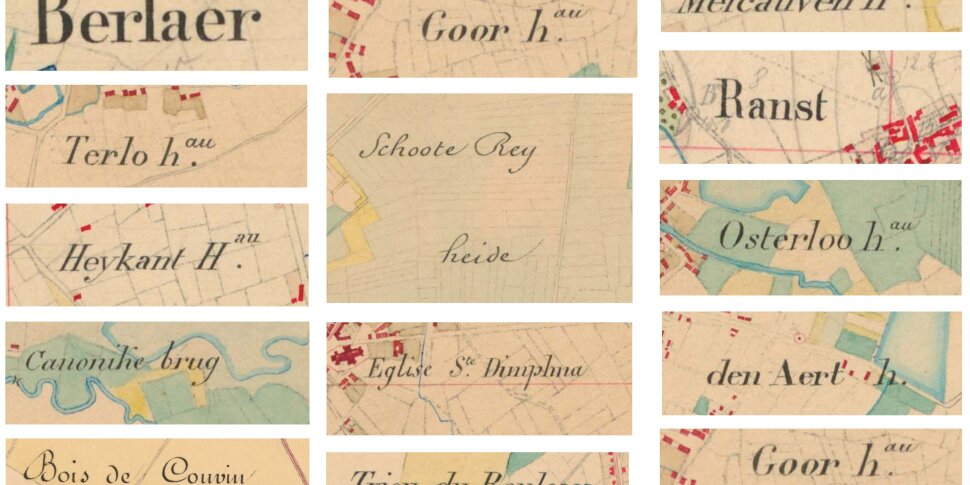Introduction
A gazetteer... why?
Belgian toponyms have changed greatly in the past centuries due to the succession of different state administrations (the French one, the Dutch one and the Belgian one) and to the different languages that are used by inhabitants: toponyms were often translated from Dutch or German to French, and then re-translated, resulting in a variety of small but numerous changes, that occurred at every stage of translation. This makes very difficult for historians to locate historical places, and it is also a challenge for galleries, libraries, archives and museums (GLAM) which are trying to improve the accessibility of objects in their collections by referring to a common version of place names.
Gazetteers can help historians and GLAMs with mapping toponyms that appear in the sources they analyse or they curate by providing them with lists of historical place names and extra information which can be used to disambiguate the latter, if it happens that several different places share a same name. The project “Belgian Historical Gazetteer” aims is to fill in this gap for Belgium.
The project
Started in November 2022, this project will last two years. It is hosted at the University of Antwerp, financed by The gazetteer, developed in Linked Open Data (LOD) will be progressively uploaded on the LOD platform CLARIAH-VL (2021-2025), and undertaken in liaison with the Belgian National Geographical Institute (IGN/NGI). The aim of this project is to set up a historical gazetteer of toponyms for the whole present-day territory of Belgium, in order to provide researchers with a collection of data that 1) does not stop at Belgian provincial borders and which 2) goes beyond the level of municipalities. Druid, and, at the end of the project, it will be published on the World Historical Gazetteer in order to make it easily reachable for everyone as well as potentially extendable.

Gereduceerd kadaster © IGN/NGI
